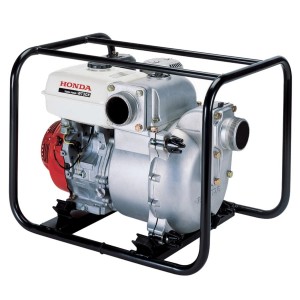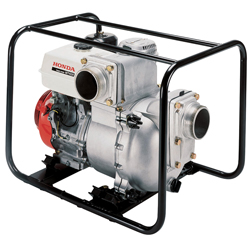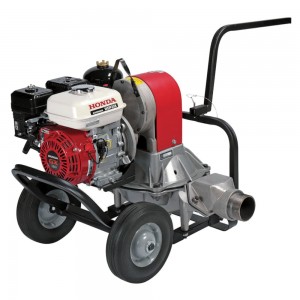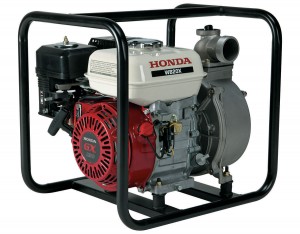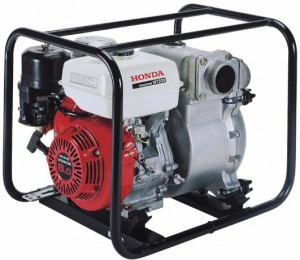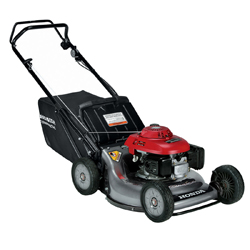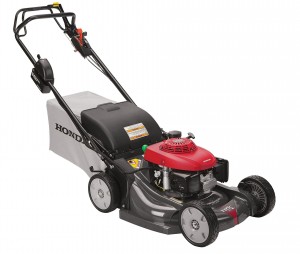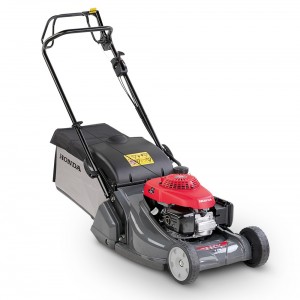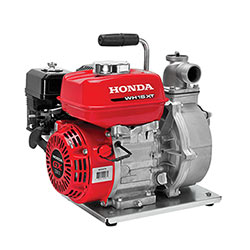Honda’s WT30X is a staple of the construction and property management, providing portable power to drain waterlogged and flooded areas. Whether you’re a new owner or drainage is a regular part of your work day, these tips will help you get maximum performance from this trash pump.
Specifications vs. Real World Performance
Honda lists the following specs for this pump:
— Handles debris up to 1 1/16 inch
— Pumps up to 317 gallons per minute
— 82-foot head
— 26-foot suction head
— 90 second priming time at 16.4 feet
However, actual performance can vary widely depending on how and where you set up your pump.
Suction head decreases by two feet for every 1,000 feet of elevation. If you need to use your pump at altitudes above 13,000 feet, the pump will need to be lower than the surface of the water.
Even though it can handle large rocks and debris, a strainer must be attached to the suction hose to prevent anything over the maximum size limit from reaching the pump housing.
The maximum flow rate is under ideal conditions. For the best performance, you should use the shortest hoses, the shortest suction head and shortest total head possible. Priming time will take longer as head and hose length increases.
Always check the hoses and seals for signs of damage before using the pump. Even small leaks can hinder performance.
Using the Pump Safely
If there’s a problem with the pump, it can be shut off immediately by turning off the ignition.
This pump is built to handle construction materials and other trash. It is not safe to use with corrosive fluids including sea water and mine runoff.
Priming
The pump case needs to be filled with water to keep the seals cool while it pulls water through the suction hose during startup. Before starting the engine, remove the cap on the top of the pump next to the suction hose and add water. The pump case should hold just under four gallons of liquid.
Starting
There are a few minor differences that make starting this pump’s engine different from other small engines.
Depending on the version of pump you’re using, the ignition switch will either be on the starter housing or bolted to the frame. This switch should be turned on after setting the choke and throttle and before pulling the starter rope. The engine comes with Honda’s Oil Alert system, which will cut the ignition if there isn’t enough oil to lubricate the engine. If the engine won’t start or it stops abruptly, start by checking the oil level in the crankcase.
The throttle only needs to be about a third of the way open to get the engine started. Once the engine is warm, the throttle can be opened to get the right pumping speed. The throttle lever is above and to the right of the choke and fuel valve controls.
Cleaning the Pump Case
The inside of the pump should be cleaned after each use. Honda includes a special wrench for this purpose that attaches to the frame using a wing nut.
Remove the drain plug on the base of the pump, then loosen the four cover knobs on the pump cover. Slide the pump cover and volute case off of the pump. The o-ring that seals the two halves of the pump should stay in the groove on the volute case.
Clean out any debris inside the pump.
Make sure the o-ring is in place and in good condition, then reinstall the pump cover. Hand-tighten the cover knobs before tightening them down with the wrench. Reinstall the drain plug. Add water to the pump just like you would when priming it and check for leaks. If everything looks good, remove the drain plug again to let the water drain out, then reinstall the plug.
Get the Parts You Need for Your Trash Pump
Hondalawnparts.com carries the full line of Honda replacement parts. That includes OEM hoses, strainers, seals and everything else you need to use and repair your WT30. We have a section on our website dedicated to pump accessories, while our search engine can find parts based on your pump or engine’s model and serial number. We can ship your order to any location in the US or Canada.

